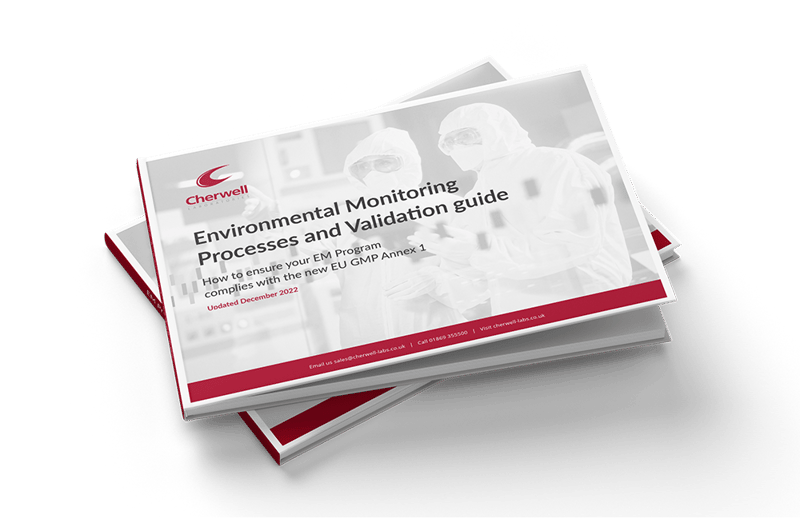This post covers key aspects of validating new prepared media suppliers for environmental monitoring, including:
• The importance of supplier validation
• Essential validation steps to ensure compliance and performance
• Conducting batch testing and verifying long-term media stability
• The critical role of change control and documentation
• Ensuring quality and consistency through rigorous validation processes
This is the second post in a two-part series on evaluating and validating new suppliers of prepared media for environmental monitoring.
Following our previous post on the important evaluation process, this post will focus on validation, highlighting key testing and compliance considerations.
The importance of Validation
Once a potential supplier has been selected through the initial evaluation process the next step is validation. Validation is essential to verify that products meet operational and regulatory requirements, ensuring consistency, performance, and adherence to pharmacopeia standards.
Compliance with any standard isn’t just a regulatory requirement: it’s also a quality assurance measure so you can be confident your business can transition to a new supplier without introducing operational risks.
Testing and Certification
Validation typically involves comparative testing between the new supplier’s media and the existing product, ensuring consistency and reliability across different batches.
Microbiological performance testing, which assesses the media’s ability to support the growth of specific organisms listed in pharmacopeia, is a key component in performance evaluation, ensuring that microbial recovery rates align with regulatory requirements.
At Cherwell, testing goes beyond regulatory requirements, testing additional organisms in order to provide a comprehensive assessment of product performance.
Managing Product Variations
Even when a product’s formulation remains unchanged, variations such as packaging modifications or manufacturing adjustments can impact its performance. The need to validate products that undergo such changes to ensure continued compliance with quality standards should always be evaluated.
Quantitative controls are often incorporated into validation protocols to verify that recovery rates remain consistent, which reinforces confidence in the product’s reliability. It’s essential that the test method aligns with the performance criteria of the product, including challenge testing to assess potential inhibition or expected absence of growth.
Batch Testing and Validation Protocols
A key aspect of validation is the assessment of multiple batches to evaluate lot-to-lot consistency and identify any variability. Typically, a minimum of three batches should be tested, though this number may vary based on product specifics and internal requirements.
Establishing clear acceptance criteria for validation results is essential to determine whether a product aligns with existing performance standards.
A well-defined validation protocol with clearly documented acceptance criteria serves as best practice, providing a reliable reference when evaluating performance data.
Ensuring Long-term Stability
The need to assess long-term stability should be included as part of any validation. This is to ensure the product’s effectiveness is maintained throughout its shelf life. Requesting shelf-life data from your supplier should form part of the validation data.
At Cherwell, routine shelf-life verification testing is conducted to ensure that our products remain stable over time, meeting long-term performance expectations.
Change Control and Documentation
Transitioning to a new supplier requires careful change control management and detailed documentation to present to both internal and external stakeholders.
Regulated environments demand detailed records, including protocols, test results, and risk assessments. Whilst the validation protocol should outline the scope, methodology, and acceptance criteria, a performance qualification (PQ) report is needed to capture the data and confirm compliance to the acceptance criteria laid out in the validation protocol.
The Assurance of Validation
A well-structured and documented validation approach safeguards operational integrity, regulatory compliance and reduced risk.
Before completing the transition to a new supplier, ensuring quality assurance approval, identifying and evaluating any potential risks, supported by a plan of continuous performance monitoring, will mean ongoing compliance is maintained post implementation.

Click to download our step-by-step guide
If you're looking for a reliable, adaptable partnership, Cherwell provides stringent quality standards and prepared media tailored to your specific needs. To learn more about how we can support your validation process, contact our team.







